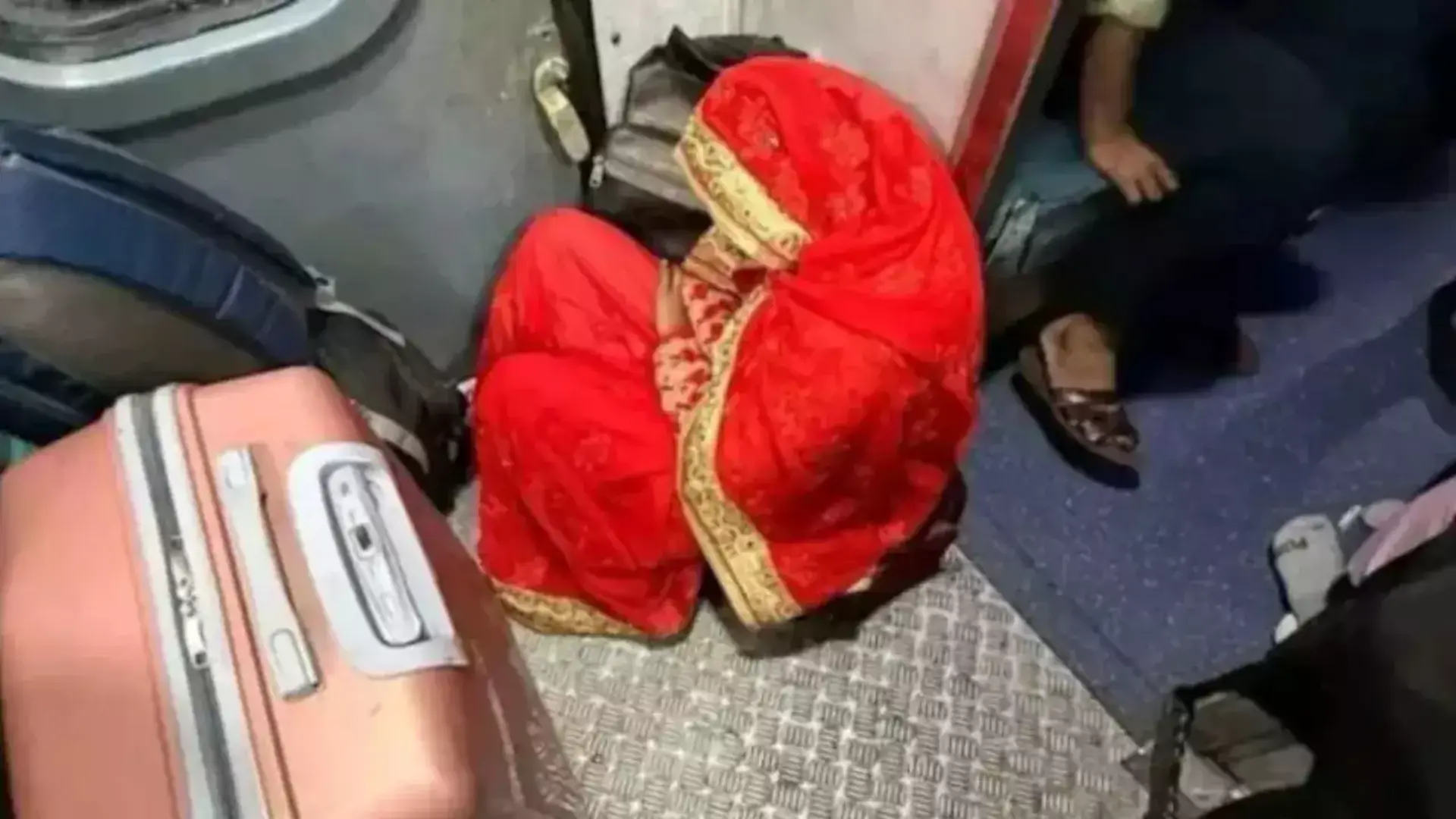
FGM has always been a grave issue and will remain to be one until major steps are taken to cull it. This is not widely recognised as of yet but it will soon be.
I was cut for my future husband. I remember the day clearly. My neighbour’s daughter said to me “You must be looking forward to today” and I looked at her crazy because it wasn’t my birthday or anything. She then giggled and said “oh you’re getting your gudniin done”. Gudniin means circumcision in Somali. As she explained to me what exactly was going to happen, I sat there thinking that didn’t my mother said to not let anyone touch me? Would she let them touch me? I heard screaming from the other side of the house. It was a shrill and agonising shreak. It was my sister’s. Then before I could respond to it or analyse anything, I heard “Get Leyla. It’s Leyla’s turn.” I ran off, but of course, a seven year old cannot outrun an adult. They took me inside, pinned me to this table. There were aunties all around me, holding my hands and spreading my legs apart. I could feel my flesh being cut off. I blacked out from the pain.”
Recounts Leyla Hussain, a FGM survivor born in Somali, Africa. She now actively advocates against the practices and is one of the founding member of the Daughters of Eve non-profit organisation. Female Genital mutilation or female circumcision or locally known as Khatna (hereinafter FGM) is an age old tradition of forcibly removing a girl’s external genitals without anaesthetics for non-medical reasons.
In extreme cases, the external genitals are completely cut and the wound that is left is sewn together. The skin with time heals and stitches itself together sealing maximum portion of a girl’s vaginal orifice. A very small hole is left for urine and menstruation. The small hole, of course, is not sufficient for efficient and smooth flow of urine and blood and hence produces complications ranging from extreme pain during menstruation and miscarriages. The mother could face fatal complications while delivering a child. After the delivery the mother is cut and sewn again.
Why is this an issue now?
FGM has always been a grave issue and will remain to be one until major steps are taken to cull it. This is not widely recognised as of yet but it will soon be. Because of the pandemic, many middle-class families are being pushed down the economy ladder. They are now lower-class. Poverty is increasing due to the unprecedented crisis. Parents now would want to marry off their daughters for financial gains. FGM will prevail as it is a sign or virginity and hence purity. Cut daughters will bring more bride price, or so is believed.
What are different types of Female genital Mutilation?
As per world health organization, Female genital mutilation is assessed into 4 major category. Category 1: This is often the partial or total removal of the clitoral glans (the external and visual a part of the clitoris, which may be a sensitive a part of the feminine genitals).
Category 2: This is often the partial or total removal of the clitoral glans and therefore the labium (the inner folds of the vulva), with or without removal of the labium (the outer folds of skin of the vulva).
Category 3: It is also referred to as infibulation, this is often the narrowing of the vaginal opening through the creation of a covering seal. The seal is made by cutting and repositioning the labium , or labium , sometimes through stitching, with or without removal of the clitoral prepuce/clitoral hood and glans. Deinfibulation is a practice of piercing the covered vaginal opening of a women who has been infibulated to facilitate intercourse and childbirth.
Category 4: In this category, all other kinds of detrimental practices to the female genitals for unethical purposes. It damages healthy and normal female genital tissue, and indulges with the natural functions of women’s bodies. Risks of FGM increase with increasing severity from Category 1 to Category 4. It leads to range of problems which deteriorates women’s condition in future.
Is FGM practised in India?
Yes, sadly it is practiced in India. At least 200 million girls alive today living in 31 countries including India have undergone FGM, says UNICEF. It is practiced primarily in the Dawoodi Bohra comunity, a sect of shia muslims in India. The Bohra High priest Syedna calls the external part of female genitalia as haram ki boti, or sinful flesh which must be cut to preserve female chastity and virtue. Primarily, it ensures ‘pre-marital virginity’.
The tradition is wrapped in patriarchal values of protecting and controlling abody and in gender inequality. Khatna, which is basically FGM as called in India, is practiced not only by Bohra women but also by a woman who wants to marry a Bohra man. She has to produce a certificate of cut before the marriage. FGM is basically telling a woman that her body is there just to carry babies.
My mother was not cut once but twice because a neighbour thought not enough flesh was being taken away, recites a woman who refused to perform FGM. Women who refuse are labelled as outcasts and are isolated by the community. They are impure for a woman who thinks she has more right on her body than her future husband is impure. They are called feminists as if being called one is an insult.
Recently a Petition has been filed by the name Sunita Tiwari v. Union of India where a complete ban on FGM has been prayed. It was prayed in September, 2018 too but the division bench recommended a constitutional bench to the case. It is pending before the Honourable Supreme Court of India. One could rant about banning FGM, holding protests with a group of like-minding people and it will still continue in the secret of the streets. It is called the positive deviant approach, no one will follow my lead like this. Hence, praying for a ban on the practice is means to achieve an end and not the end itself.
If FGM is so horrifying and absurd, why does it still happen?
I have three simple but concrete conclusions.
First, we can’t let go of FGM simply because it is a tradition. No matter how absurd, no matter ho horrific, it is a tradition. It has been there longer than you and I, our ancestors did it and so it simply must continue. This is how almost everyone (primarily the males) who was asked about this practice responded. Here, we may question as to how FGM became a tradition? Because mothers in every culture felt a dire need to protect their daughters from monsters who will take away their chastity. Because daughters hold the honour of her father, of her community, she must be protected. She like a classic damsel-in-distress must wait for her prince to rescue her.
Second reason why it is still practiced is the fact that FGM is a societal norm. It is something that I will do simply because you as my peer expect it of me. It is actually a social obligation. For example, waxing body hair. Nobody has asked us to do it, but somebody started doing it and now we all do it and if one of us doesn’t do it, we frown upon the person who does not do it.
Third reason why it is still practised because FGM is related to cultural ideals of femininity and modesty. It is usually motivated by beliefs about what’s considered acceptable sexual behaviour. It aims to ascertain premarital virginity and marital fidelity. It is believed in many communities to scale back a woman’s libido and thus believed to assist her resist extramarital sexual acts. When a vaginal opening is roofed or narrowed, the fear of the pain of opening it, and therefore the fear that this may be acknowledged, is predicted to further discourage extramarital sexual activity among women with FGM. FGM is usually considered a necessary a part of raising a woman , and how to organize her for adulthood and marriage. Although, FGM has no health benefits, and it harms women in many ways. Since, we’ve identified why FGM still exists, we can think of a solution to prevent it.
How do we stop the practice of FGM? Learning from the Tostan model in Senegal
Now, we know it is a societal norm and what’s important for a societal norm is that it has to shift collectively. Aiming at banning a practice completely is never the solution. Prohibition creates rebels which is always more trouble. It simply doesn’t work. Why won’t it work?
We didn’t make them question it. For this to work, every individual must consciously know why FGM is so wrong. Similar approach was implemented by an organisation called Tostan in Senegal, Africa. Tostan is non-governmental organisation headquartered in Senegal. The founder Molly Melching when arrived in Africa, found out that lack of basic education in the area fuelled the ongoing traditions, especially FGM and child marriage. She with the help of her team trained locals and implemented a three year educating program. The objective was to teach the locals about human rights. They need to know what their rights were and how they were being violated. They presented classes in local levels and provided a stage for dialogue and consensus building. The program is called the community empowerment program.
The basic work of this organization is to convince pairs of villages to stop the practice of FGM together, so that each village will have partners which regard girls and women in the other village as marriageable. The desire for social acceptance and ensuring that your children are considered worthy of marriage by potential partners is one of the drivers of FGM.
More than 7,200 villages have been convinced to give up this practice. This organisation helped change the pluralistic ignorance of the society towards a said tradition as a whole. A law is made according to a society. India didn’t decriminalise the sodomy law because the apex court felt the society wasn’t simply ready for the change. It was ripe for discussion but not implementation. Here, by changing the collective conscience of the society as a whole, Tostan helped change the future laws of the country.
Conclusion
The question never was about whether FGM should be allowed or not, but rather, whether it should be done to children to young to participate in it. It is essentially child abuse and hence a crime. In addition to this, FGM also tells us about how a girl is never her own person but always someone’s daughter, sister, wife or mother.
Every 11 seconds a mother risks the life of her daughter by practicing FGM and we still find time to fight for justice of a celebrity. We are more interested in the fact that a certain female celebrity is sweeping her house and a certain president tweeted something absurd and created a new word called covfefe than the fact that a girl struggles to walk properly for weeks after the flesh between her legs is cut off. She experiences pain so excruciating that she often passes out cold.
Banning as can be said is the first step, not the last. Since, the lockdown and the crisis have increased the probability of increasing cases of FGM, we need to act now.















